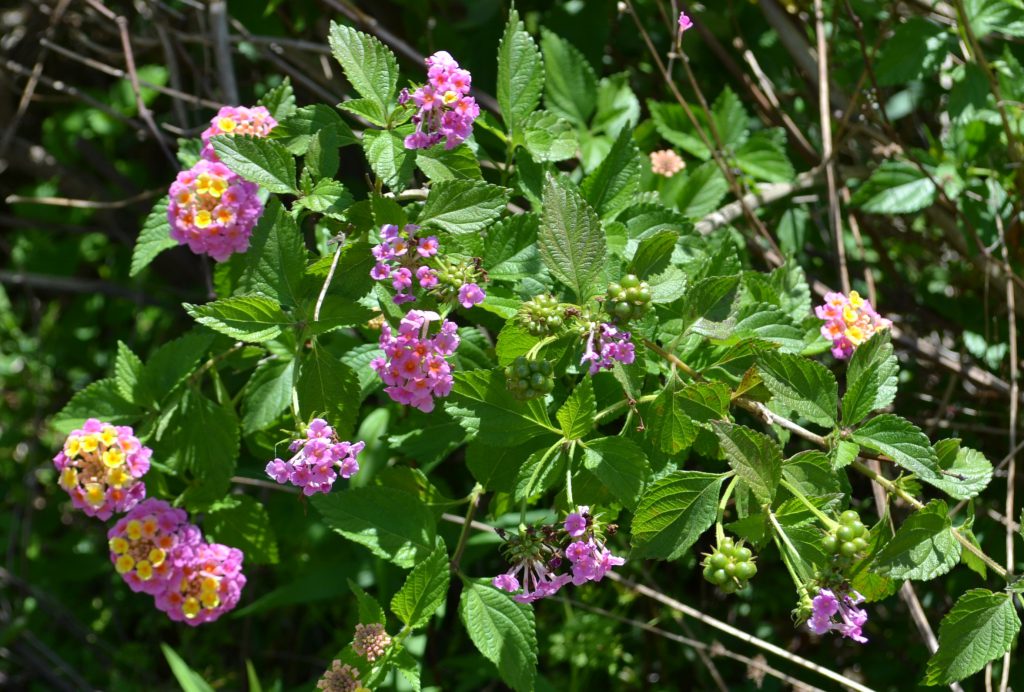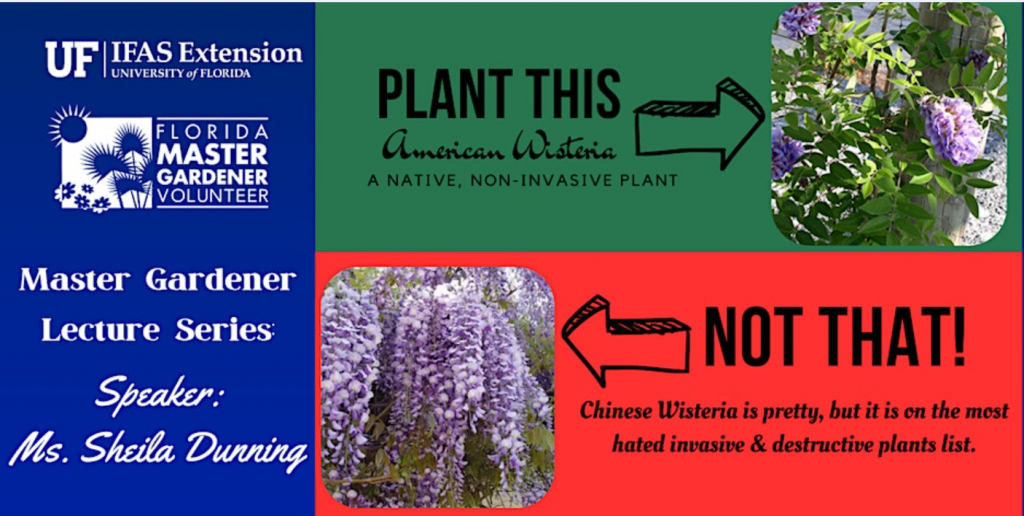The plants you bring home from garden centers and nurseries may look beautiful in your landscape, but they might be invasive species that could escape your yard and quickly spread into natural areas, becoming an ecological and economic nightmare. Florida’s climate makes a cozy environment for a variety of plant species, including the non-native ones. To avoid contributing to the problem, homeowners, landscapers, and plant lovers should carefully select alternative sterile cultivars or other native plants.
The Florida Exotic Pest Plant Council (FLEPPC) created a list of invasive plants that was published every two years through 2019. Professional botanists and others perform exhaustive studies to determine invasive plants that should be placed on the lists. Invasive plants are termed Category I invasives when they are altering native plant communities by displacing native species, changing community structures or ecological functions, or hybridizing with natives.
In 2020 the Florida Invasive Species Council (FISC) took over this task. They began by standardizing invasive species terminology. FISC has adopted the following definitions as described in the publication “Invasive Species Terminology: Standardizing for Stakeholder Education” from the Journal of Extension (Iannone et al. 2020). For details on the new terminology go to: https://floridainvasivespecies.org/definitions.cfm. Words like “exotic”, “alien”, and “naturalized” have been removed from educational material due to individual interpretation concerns. The term “invasive” can only be applied to nonnative species. Many previous informational publications referred to aggressively growing native plants as invasive. This use is no longer accepted. Here are some sample definitions:
- Invasive: A species that (a) is nonnative to a specified geographic area, (b) was introduced by humans (intentionally or unintentionally), and (c) does or can cause environmental or economic harm or harm to humans.
- Nuisance: An individual or group of individuals of a species that causes management issues or property damage, presents a threat to public safety, or is an annoyance. Can apply to both native and nonnative species.
For a copy of the current invasive plant species listing, as well as other important list of state and federal noxious and prohibited plants go to: https://floridainvasivespecies.org/plantlist.cfm

On Wednesday, September 20, 2023, the Okaloosa County Master Gardener Lecture Series topic will be “Plant This, Not That”. This program will introduce the invasive plant species that pose an ecological threat to Florida ecosystems and some alternatives that provide a similar aesthetic value. For more information and to register, click on this Eventbrite link.

- Watch for “Melting Grass” - February 19, 2025
- Palms Can Suffer in the Cold - January 30, 2025
- Camellia Care - January 9, 2025
